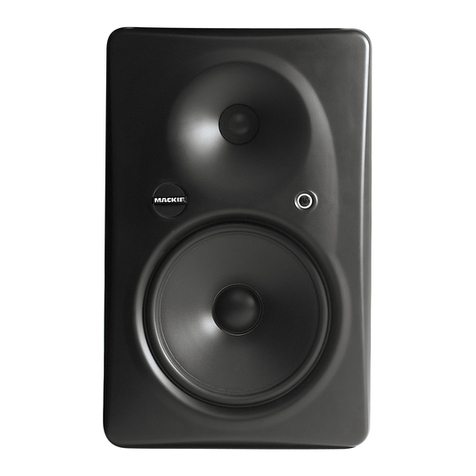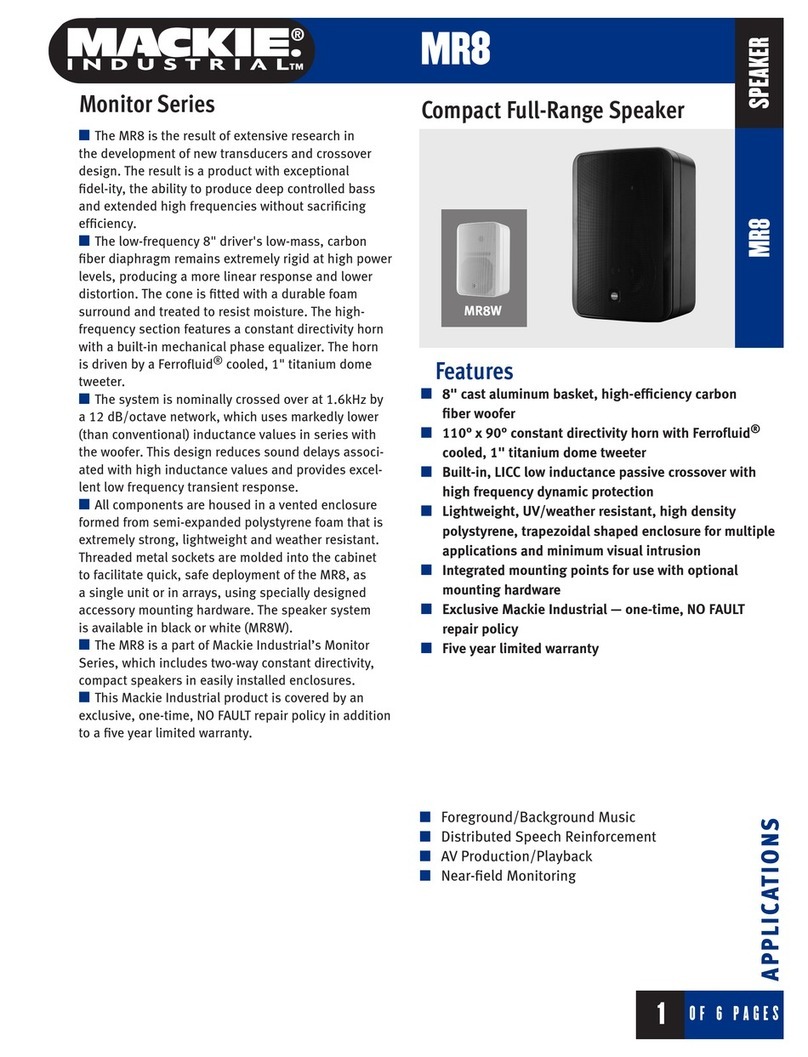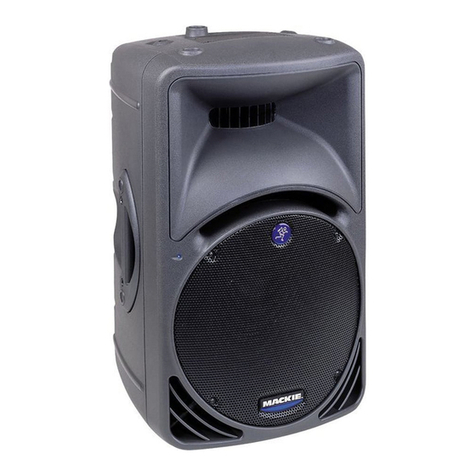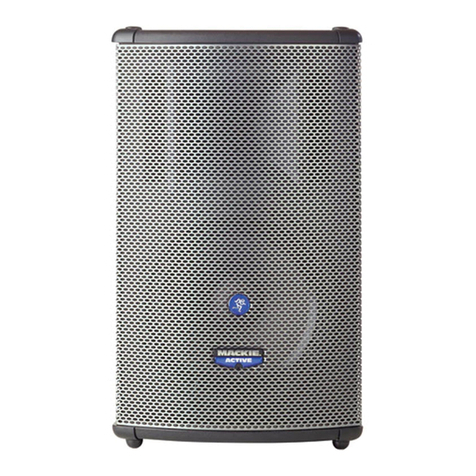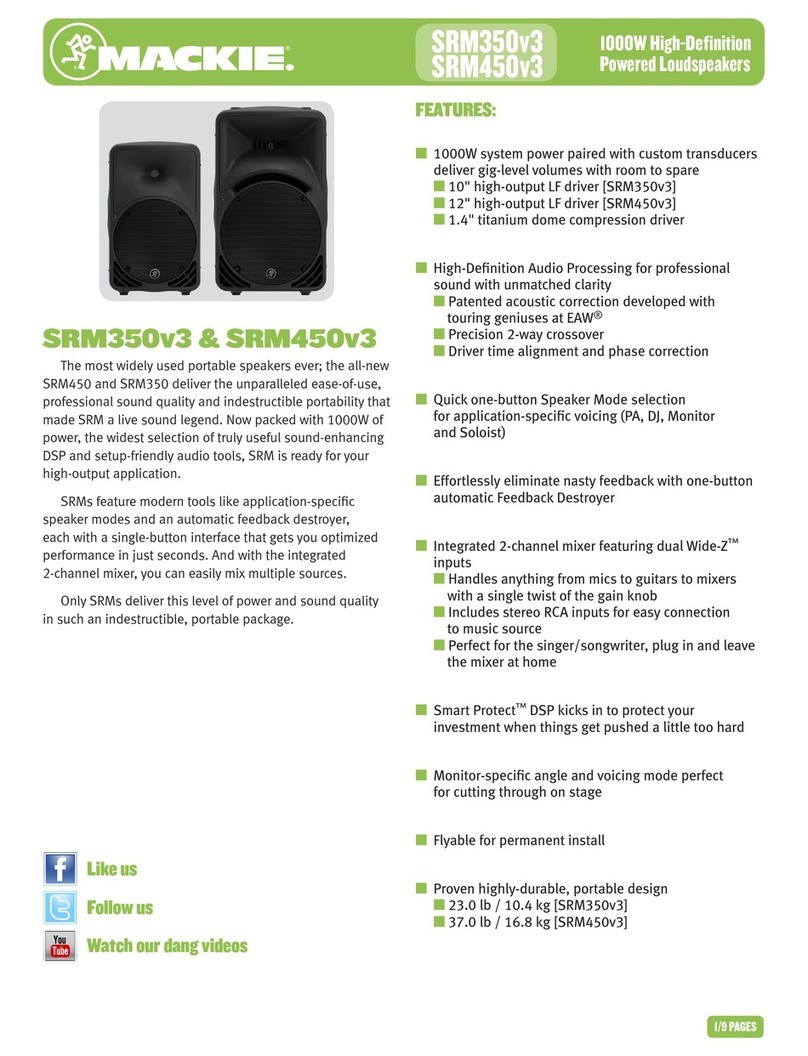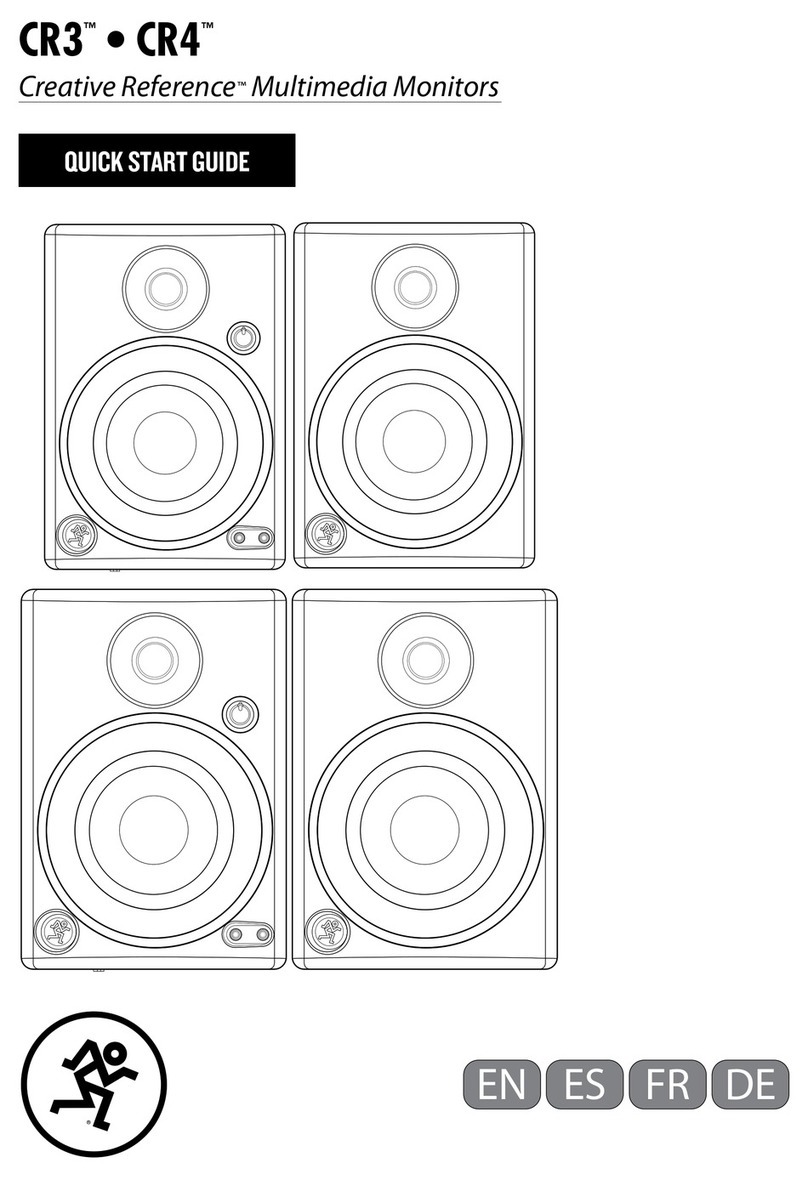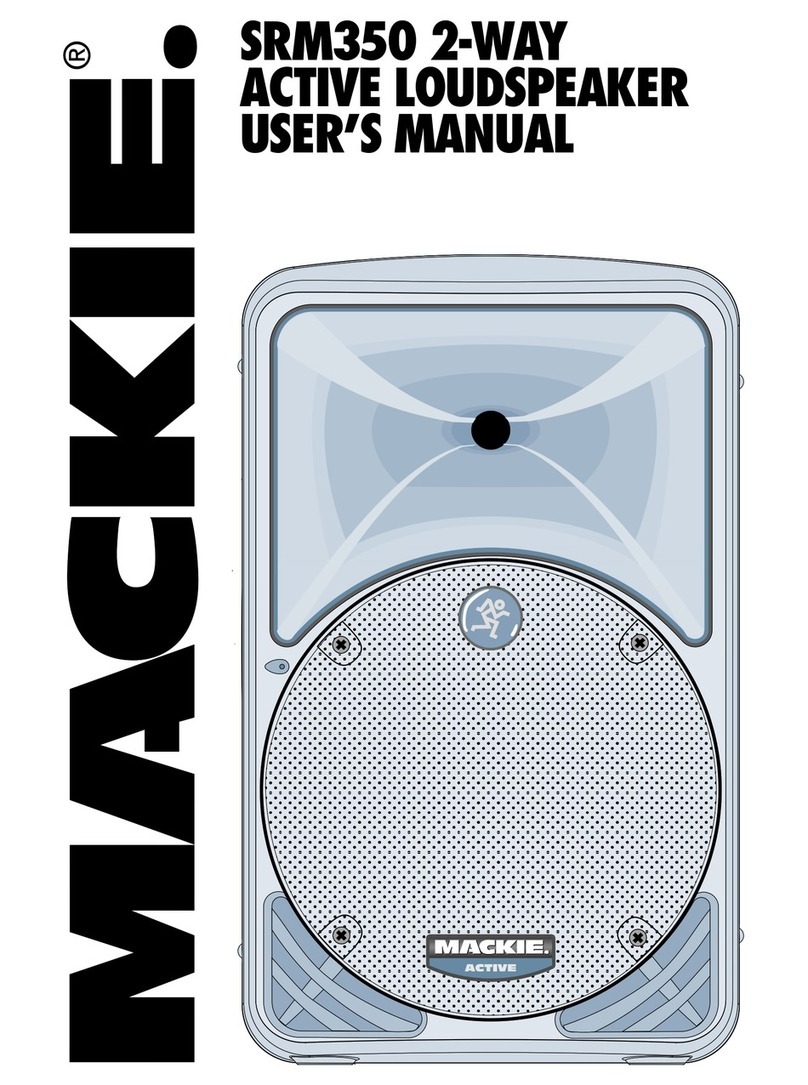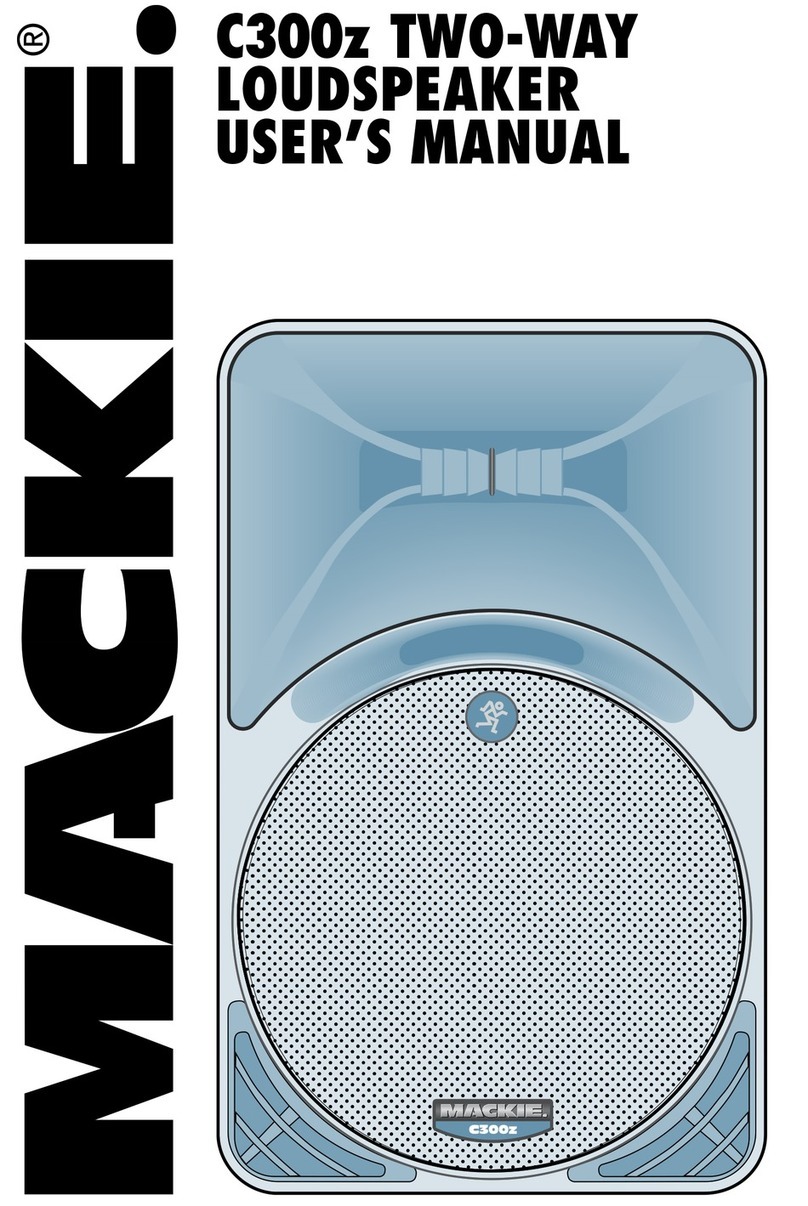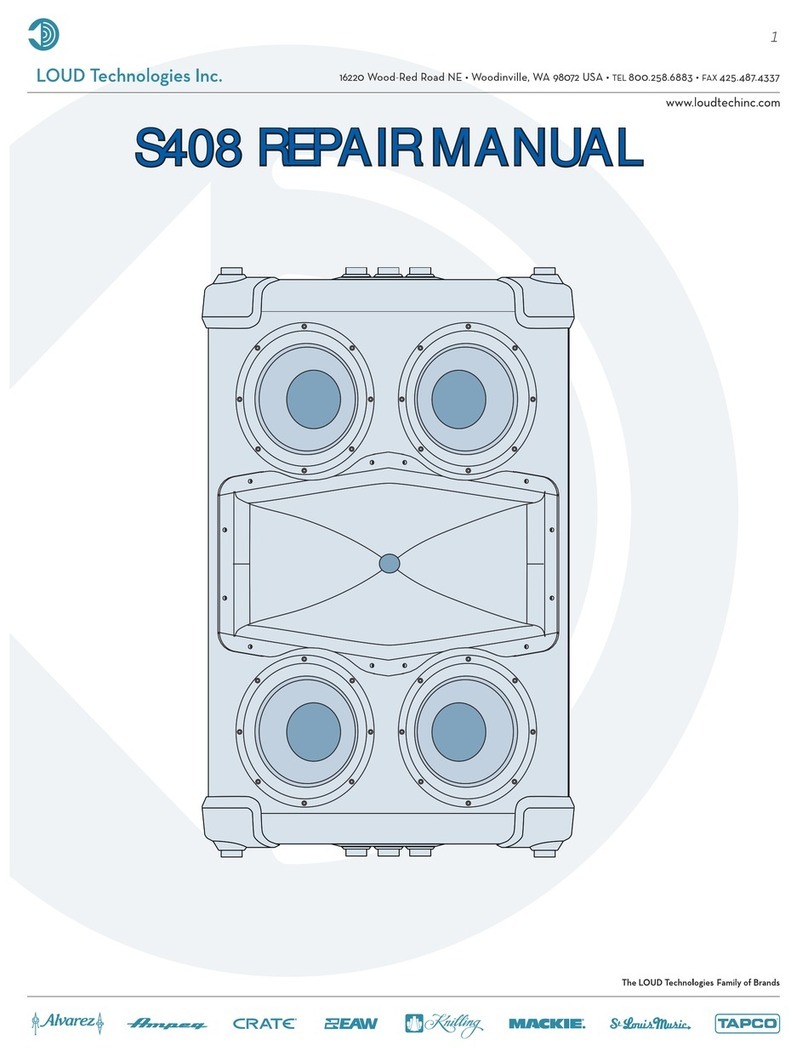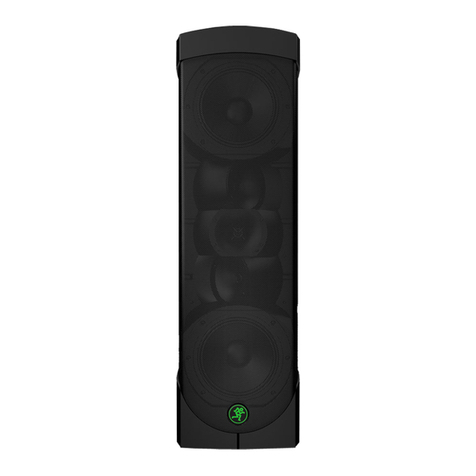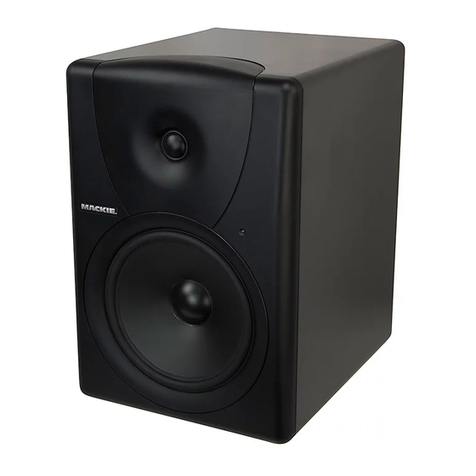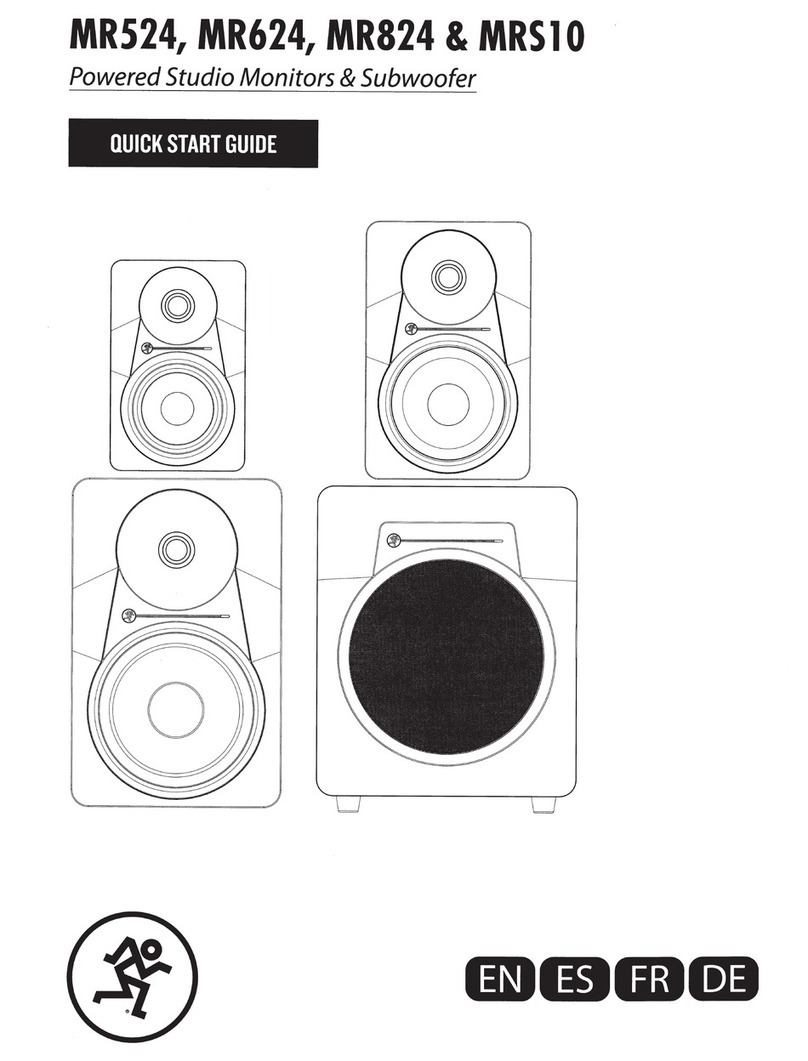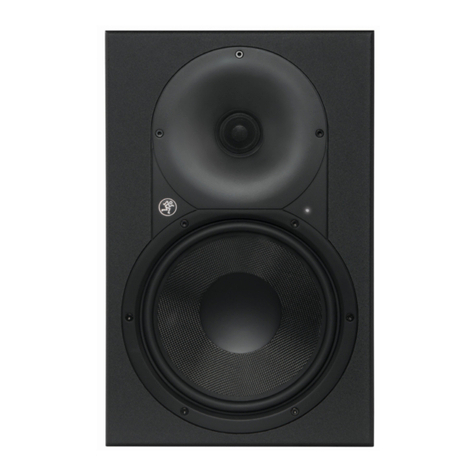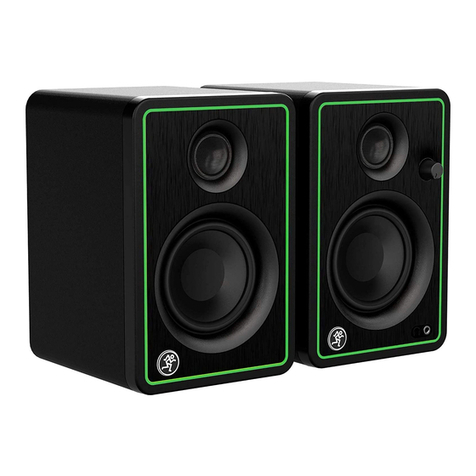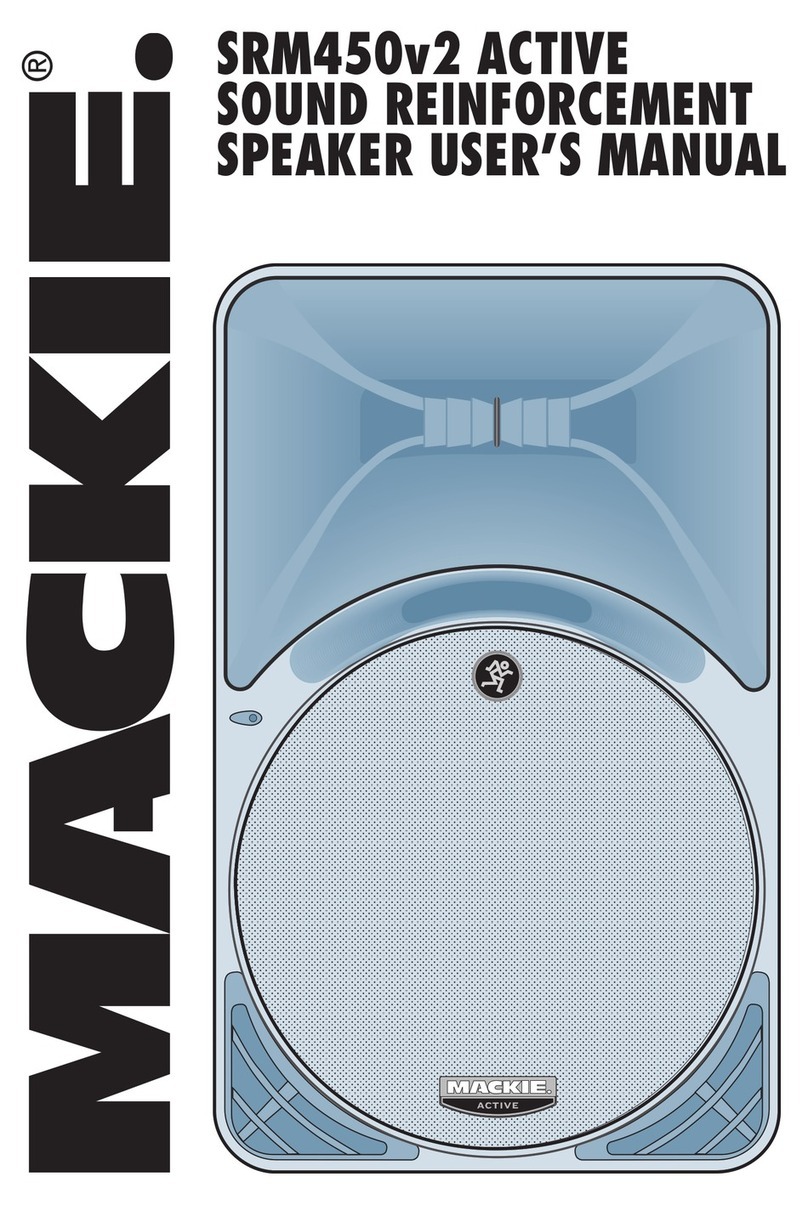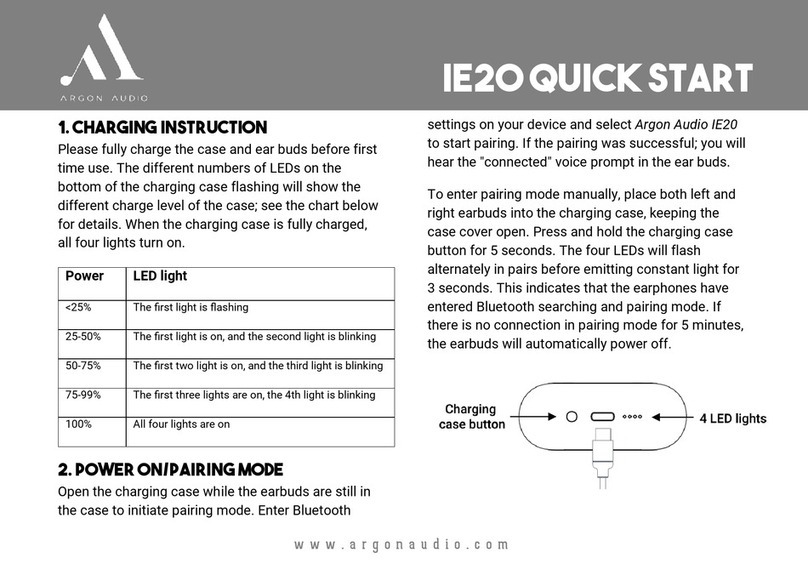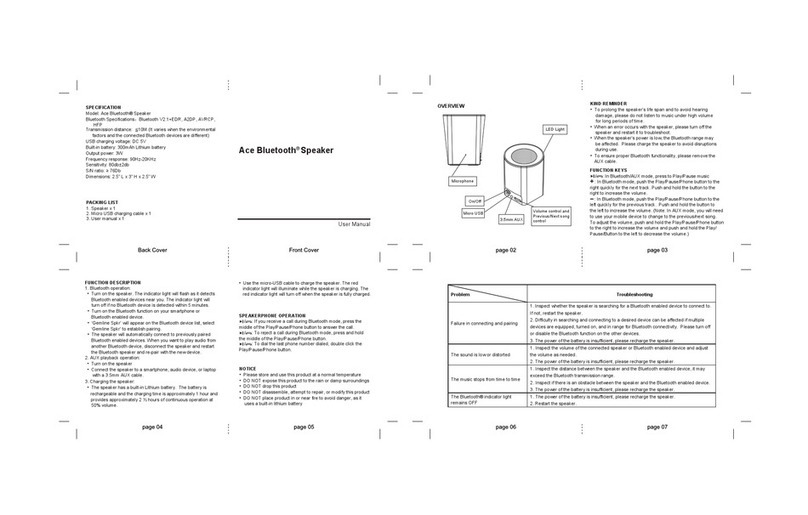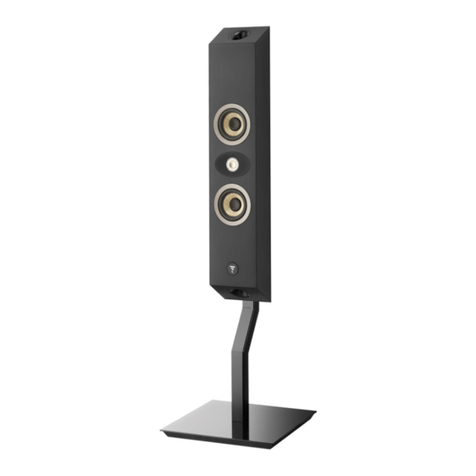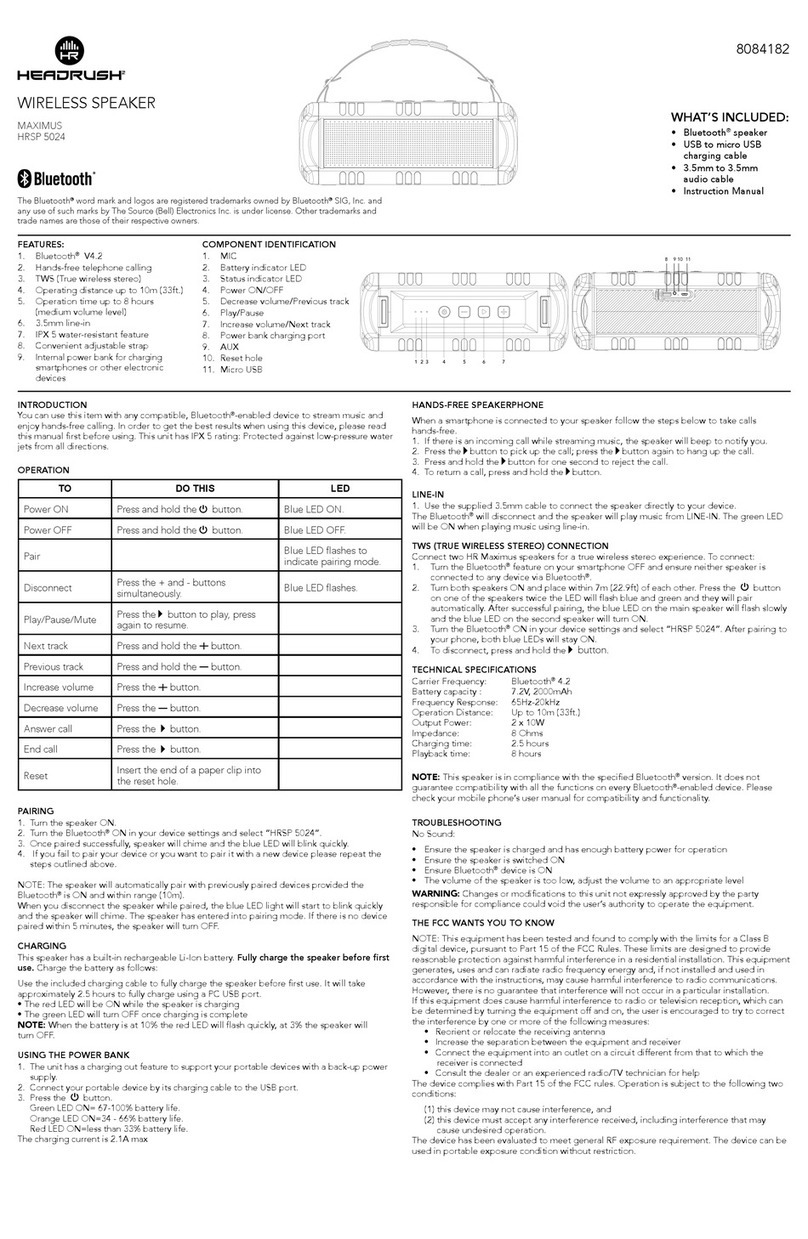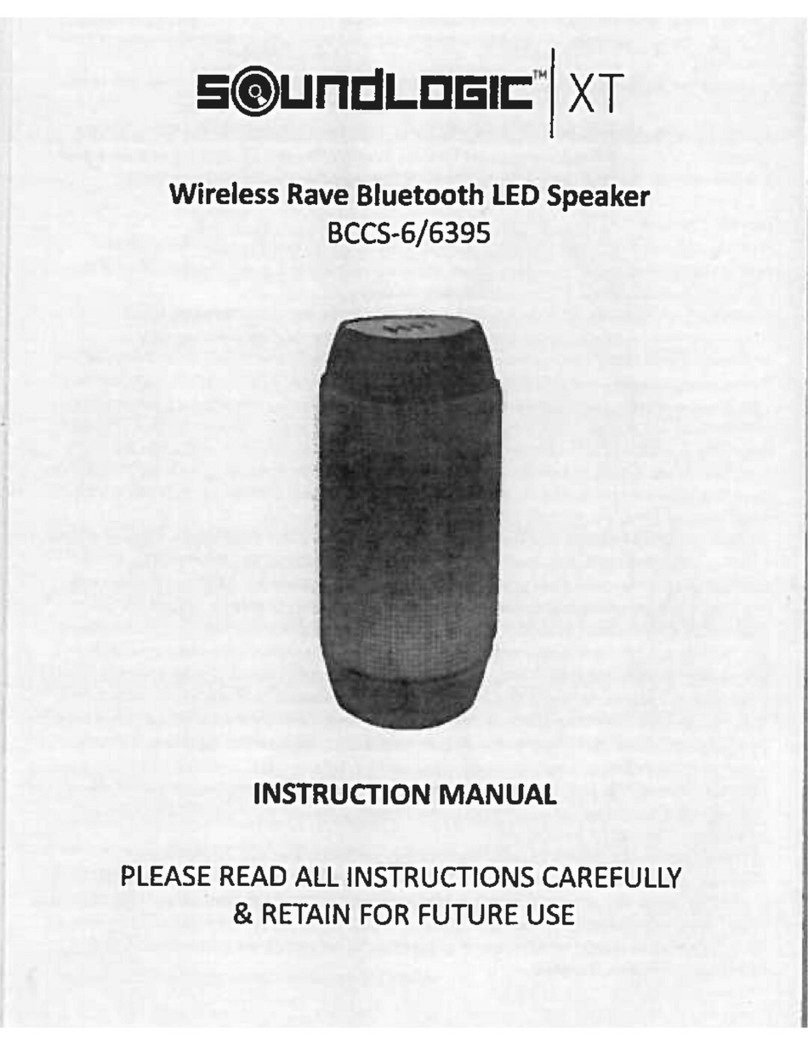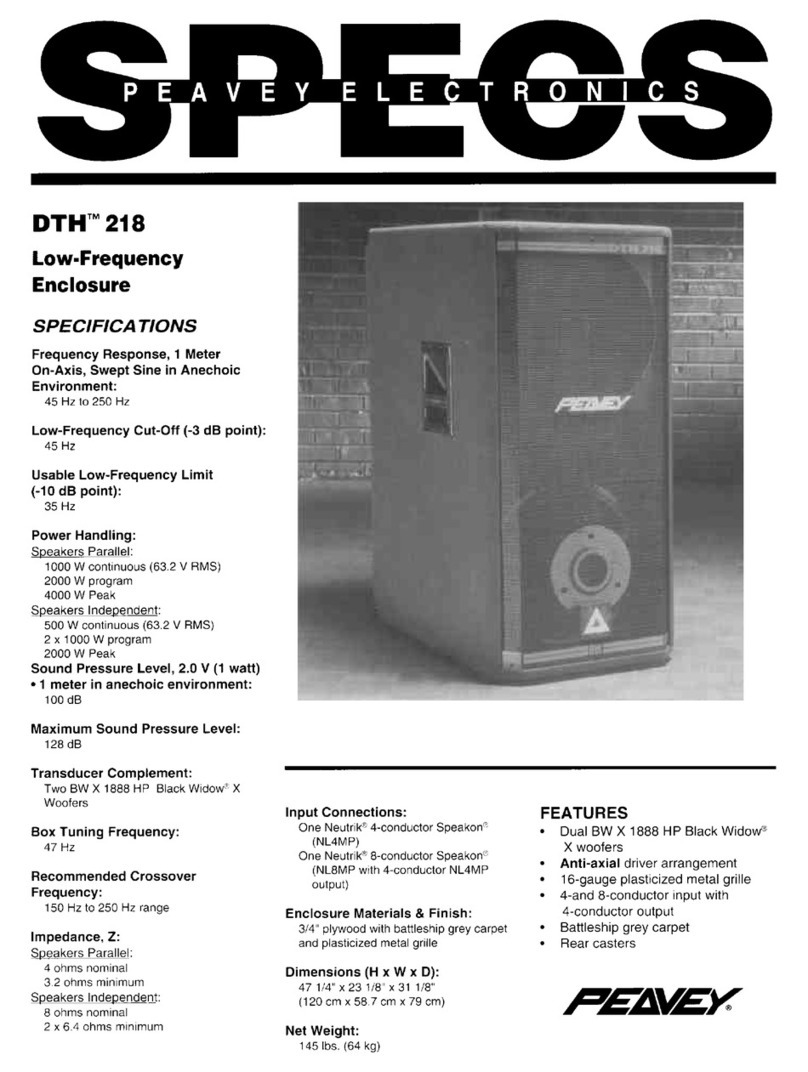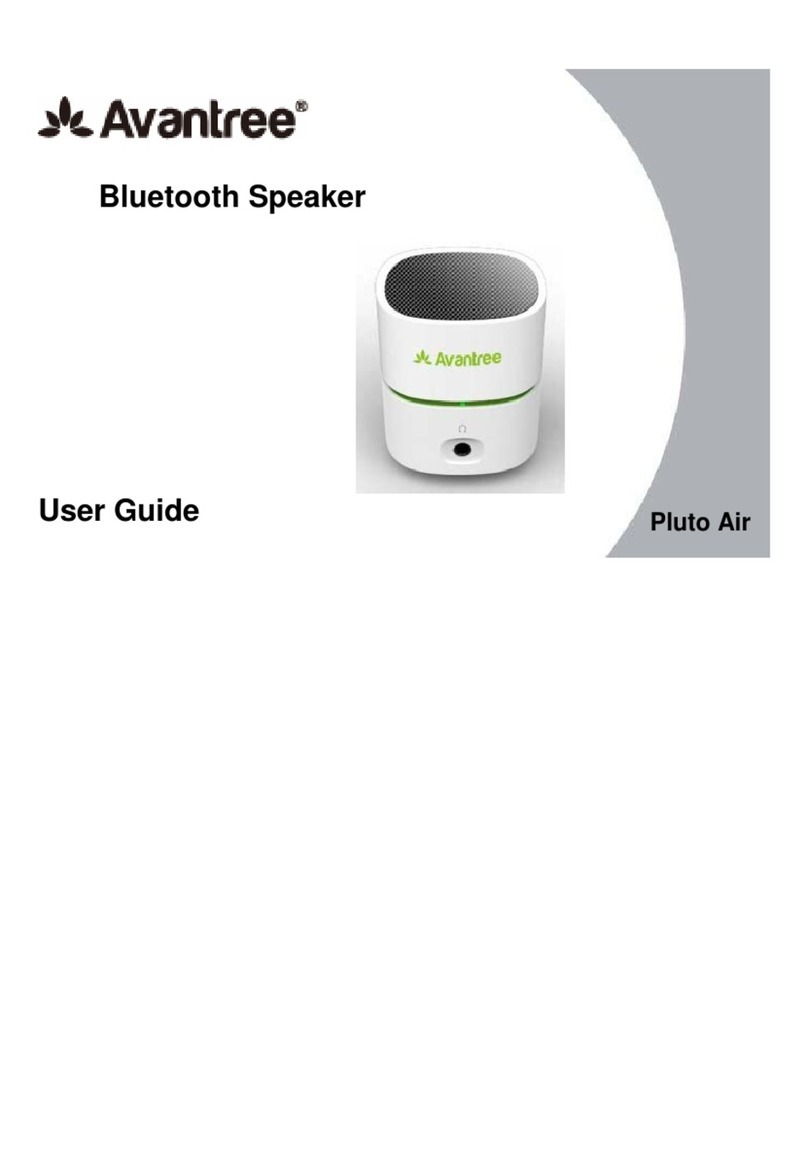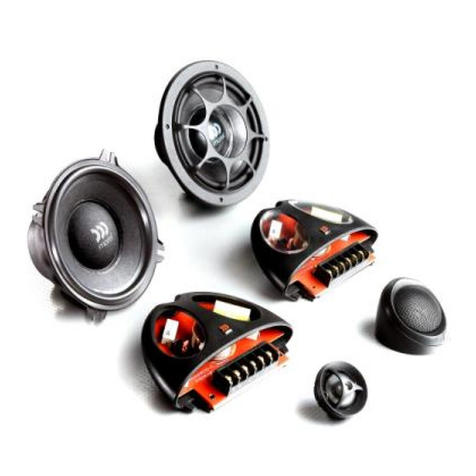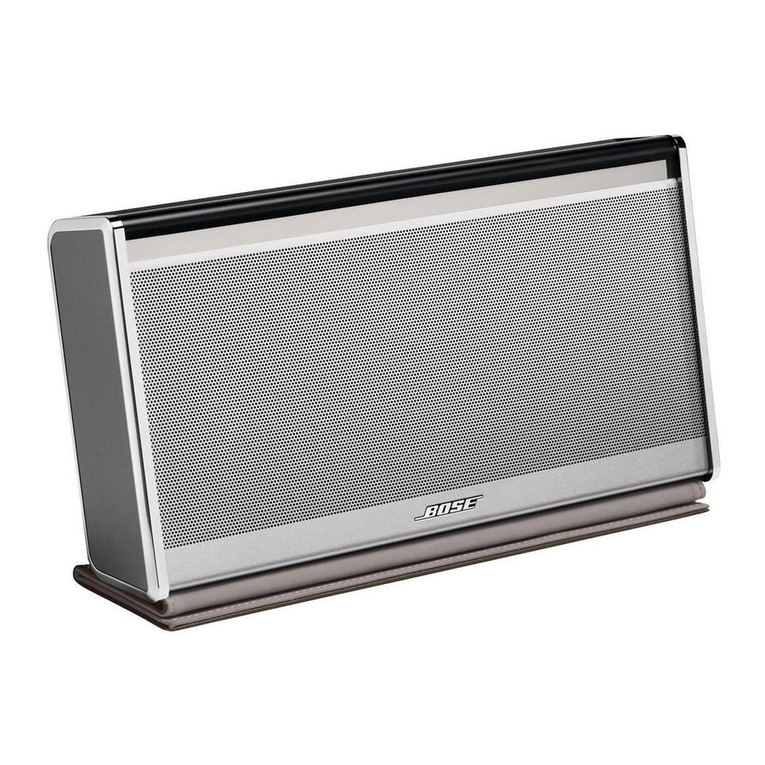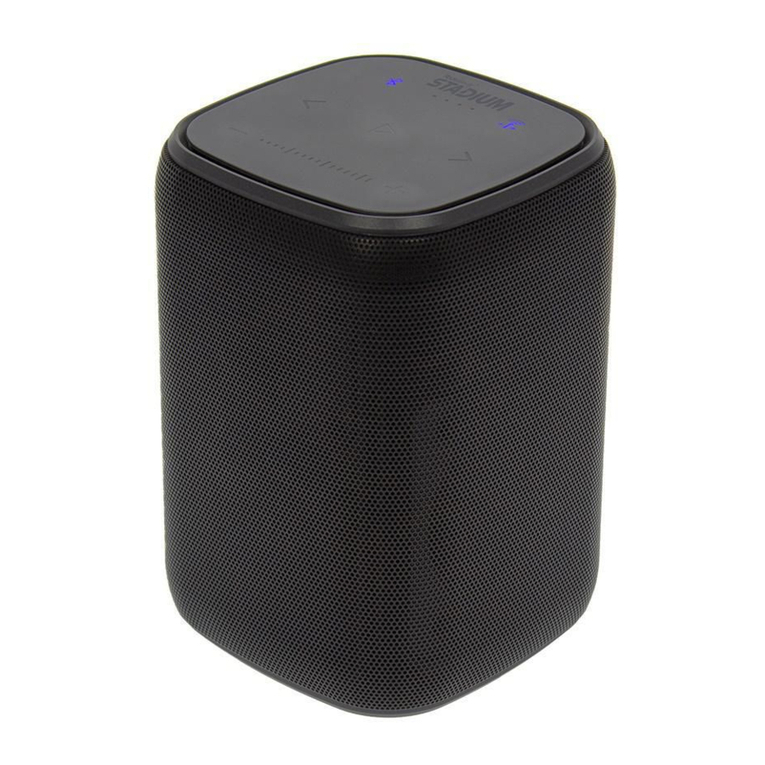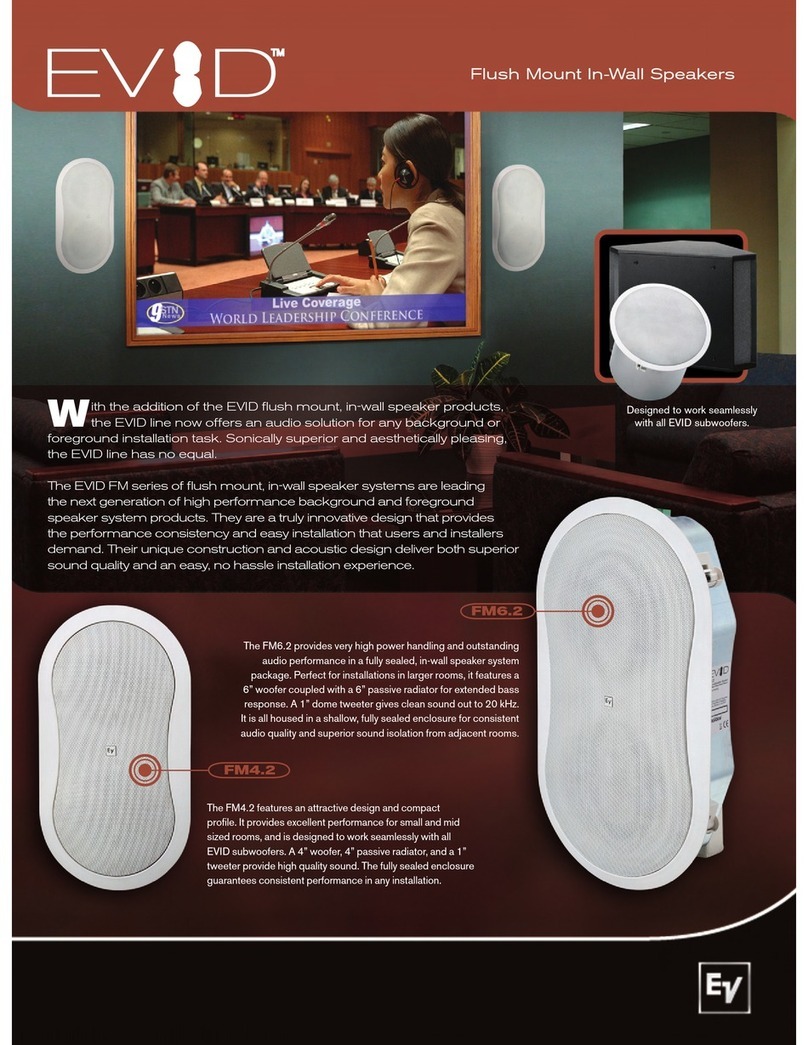INTRODUCTION
Thank you for choosing LOUD Technologies’ Mackie
active sound reinforcement loudspeakers.
The SRM450 v2 is a redesigned version of our popu-
lar SRM450 active loudspeaker. With its newly designed
Class-D Fast-Recovery amplifiers, high-output compression
driver, and new 12" neodymium woofer, it produces an
even
smoother sound than the original. SRM means Sound
Reinforcement Monitor, and the SRM450 v2 truly produces a
studio quality sound in a sound reinforcement speaker.
Our design goal was to build a sound reinforcement
speaker with:
1. High precision, high output, and accurate playback.
2. Very wide, smooth dispersion of mid and high frequen-
cies.
3. Ergonomically correct physical design for easy transport
and set up.
Through the combined resources of our top-notch
mechanical and analog engineers, and our experienced
transducer engineers at EAW, we were able to achieve our
design goals in every aspect. The result is a sound rein-
forcement system equally at home in a concert setting, in the
studio, impromptu concerts on the studio roof, in the cinema,
or in a home theater.
The Transducers
The SRM450 v2 active speakers feature a 12-inch high-
power low-frequency woofer with a 3-inch voice coil and
neodymium magnet, and a 1.75-inch titanium diaphragm
high-output ceramic compression driver. This high-frequency
driver is mounted on an acoustically non-resonant
expo-
nential waveguide, providing a wide, controlled dispersion
and precise reproduction of the critical upper mid-range
and high frequencies. The result is an unbelievably smooth
off-axis response that allows everyone
in the audience
to experience the same high-resolution audio no matter
where they are seated.
FR Series Power Amplifiers
To power these beauties, each SRM450 v2 includes two
of
our acclaimed FR Series “Fast Recovery” power amplifiers. In
addition, the low-frequency amplifier uses a Class D
design
for improved efficiency and cleaner power. Our exclusive
designs use low negative feedback, yet allow the amplifiers
to maintain low distortion and stability and to quickly re-
cover when driven into clipping.
The amplifiers include the following features:
• The low-frequency amplifier produces up to 540 watts
peak (300 continuous) before clipping.
• The high-frequency amplifier produces up to 150 watts
peak (100 continuous) before clipping.
•
Each amplifier has its own compressor circuit that acts
when the input signal is large enough to cause clipping,
distortion and excessive voice coil heat. The compressor
will automatically decrease the input signal to a safe
level. The compressor in the low-frequency amp works
independently from that in the high-frequency amp.
• The low-frequency amp uses a servo feedback loop
which senses the current flowing in the woofer coil. This
controls the low-frequency response and maintains low
distortion at high output levels.
• The low-frequency amplifier also has a sweeping filter.
This will automatically move the low cut-off frequency up
or down depending on the amplifier output. For example,
if the amplifier is below clipping, the low-frequency cut-
off point is 55 Hz. As it approaches clipping,
this shifts up
smoothly to 120 Hz, providing more power reserves and
less distortion before clipping. This happens quickly
and continuously, protecting the amplifer and the
woofer and reducing any noticable distortion.
Warning: Although the amplifiers have
these protection circuits, you must still
make sure the PEAK light is not blinking
continuously. If it is, turn down your mix-
er faders, or preamplifier gain, or turn
down the SRM450 v2 LEVEL control.
The Crossover
The built-in electronic crossover is a 24 dB/octave
Linkwitz-Riley design. Although more expensive than other
crossover designs, the benefits provided by the Linkwitz-
Riley design have been well documented. These benefits
include:
• Absolutely flat frequency response throughout the
bandpass, without the characteristic ripple near the
crossover point exhibited by other designs.
• The sharp 24 dB per octave roll-off of the filters ensures
that the transducers aren’t reproducing frequencies
outside of their capabilities.
• The acoustic sum of the two driver responses is unity
at the crossover frequency, resulting in perfect power
response.
• Our heroic engineers have worked carefully to en-
sure that the SRM450 v2 also provides perfect phase
response. This diligence has yielded phenomenal ac-
curacy, even if you are standing 20 feet away.

